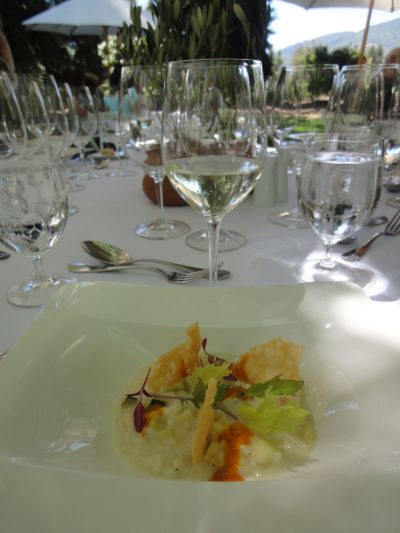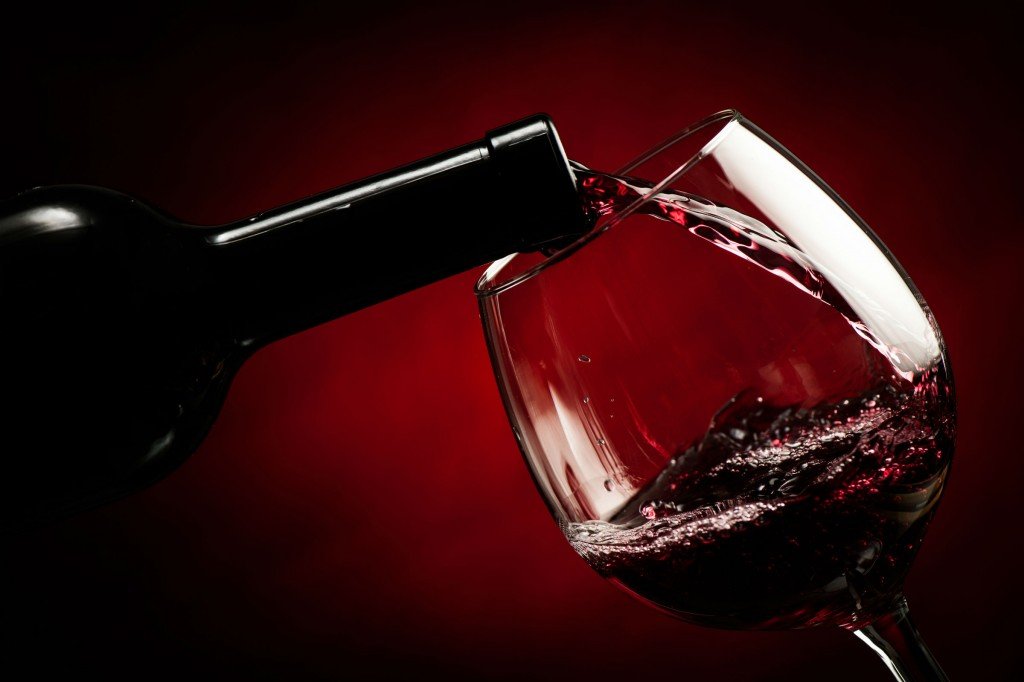
Worldwide Wine Tips And Sips: International Wine Etiquette

International Wine Etiquette
I have a tip for you. It’s about worldwide wine etiquette. I know, “etiquette” is one of those words that summons up a variety of associations of place and time– some good, some not so much. A few of the rules listed below may seem like throwbacks to a stuffy, long-gone era and may remind you of when you could not enter a fancy restaurant in town without a jacket or blazer. I say, go with the flow and relax into the rules. There is a time and place for all things.
The basic canons of wine etiquette and consumption that follow are for those of us who enjoy a glass or two of wine when we travel, perhaps collect and cellar wine and want to enhance our knowledge, appreciation of drinking wine in an international platform. Above all else we want to extend proper courtesy to our international hosts.
Here goes…
1. Argentina: Try not to pour wine for others if you can avoid it. There is a ritual associated with pouring wine in Argentina. For example, pouring wine backwards into a glass indicates hostility. So it may be best to let an Argentinian do the honors.
2. China: Be patient. The host makes the first toast. If it is to you, you should respond with a toast to your host. Toasting will continue throughout the meal. Touching the other person’s glass below the rim is a sign of respect. After the first toast and touching of the glasses, glasses are tapped on the table for the following toasts. Typical toasts are “gan bei” (bottoms up) and “kai pay” (drain your glass). You will often find three glasses on your table: a glass for your drink of choice (toast with this glass), a wine glass, and a shot glass for a liquor called ‘maotai’ or ‘wu liang ye.’
3. France: Always expect a glass of wine with dinner. That’s probably a no-brainer, but here’s something new; in France, wine glasses are filled three-quarters of the way. “A vote santé” (to your health) or the shorter “Santé “(cheers) are standard toasts. Glasses are generally raised as the toast is made and are sometimes clinked together before the first sip is taken. Be gentle as you “clink,” broken glasses are not a good look.
4. Georgia: Opposite works here. At a traditional feast in Georgia, it’s considered rude to sip your wine. At what Georgians call a supra (traditional feast), wine is drunk only at toasts. So wait… and then down the whole glass at once. Good news… glasses tend to be on the small side.
5. Germany: This may seem the opposite of what you might expect, but don’t bring German wine as a hostess gift to your German host. Mix it up a bit. Apparently by giving a gift of German wine, it can be viewed as meaning you do not think your host will serve a quality wine. If you wish to bring wine, it should be imported, such as California, French or Italian wines. The host gives the first toast. An honored guest should return the toast later in the meal.
6. Greece: This is really counter intuitive for Americans, but go with the flow. Keep your wine glass at least half full when you no longer want any more wine. The typical toast in Greece is “ya mas,” meaning “to our health.” You may also make a toast to your hosts, as well as to a successful business relationship.
7. Hong Kong: Be inclusive. When making a toast, do not pour your own drink first. Instead, make a toast about business or friendship, then pour everyone some wine – even if the person’s cup is filled, pour a few drops in.
8. Mexico: Only men give toasts in Mexican culture. The common toast is Salud! (for or to health). The most senior host or visitor usually initiates a toast.
9. Switzerland: Patience is a virtue. Wait to take your first sip until the first toast is given by the host. When proposing a toast, wait until everyone has been served a drink (whether it is wine or mineral water) and then say, “Prost” (cheers, in German). The toast in German-speaking Switzerland is prost; in French-speaking Switzerland, it is votre santé or simply santé; in Italian-speaking Switzerland, salute. After your host has proposed a toast, look directly at him or her and respond, preferably in the local language. Then, clink glasses with everyone at the table, or at least those within your reach. Only then should you take your first sip.
10. United States: Back to us and how we should treat our international guests. Let’s get the evening started out correctly. Fill red wine glasses 1/3 full, white wine glasses 1/2 full, and sparkling wine 3/4 full.
Hope you enjoyed these!





































